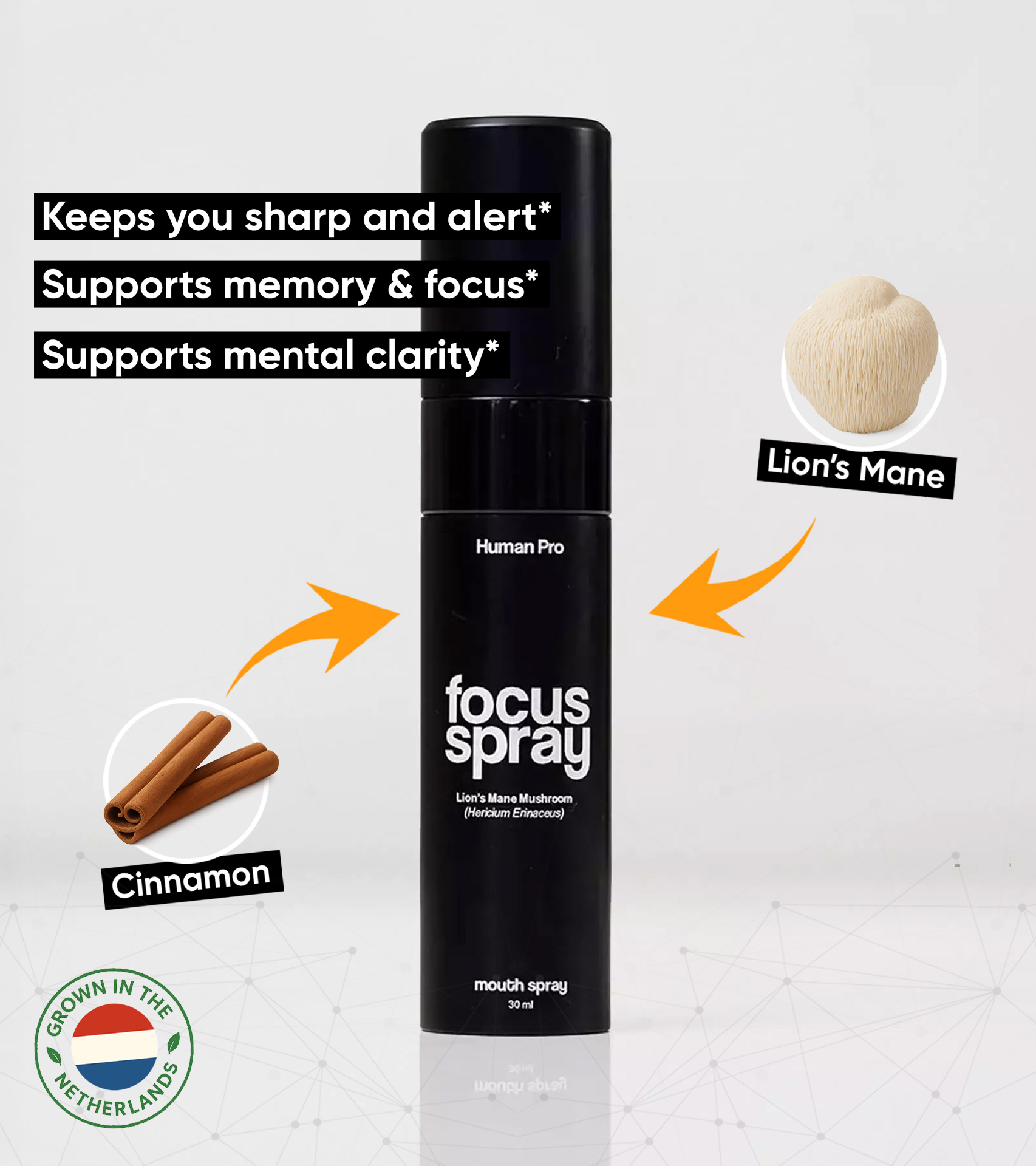As the psychedelic renaissance grows, so does the psychedelic industry.
A collective awakening or a gold rush? Can both be true? Maybe.
As we are now able to take our curiosity about psychedelics to the science lab, psilocybin is being researched for various potential therapeutic applications while also being synthesized for other potential applications.
As the scientific community hurries to try and understand the full potential of psilocybin, it is also being isolated and synthesized in laboratories.
What is this newly produced synthesized product? How does it compare to psilocybin in its original form?
Let’s find out.
Natural Psilocybin: A Mysterious Ecosystem
Natural psilocybin is derived from psilocybin mushrooms, often referred to as “magic mushrooms.”
These fungi grow in various parts of the world and have been used for centuries in religious and spiritual rituals. The most well-known species include Psilocybe cubensis, Psilocybe semilanceata, and Psilocybe azurescens, among others.
In an article called Redesigning Psychedelic Mushrooms to Never Cause a Bad Trip
DoubleBlind Magazine explains that:
“psilocybin mushrooms—of which there are more than 180 species—produce many other compounds besides psilocybin, including baeocystin, norbaeocystin, psilocin, norpsilocin, bufotenin.”
The natural form of psilocybin is ingested through consuming these mushrooms, whether fresh, dried, or brewed into tea.
Pros:
- Historical and Cultural Significance: Natural psilocybin carries a rich history of spiritual and therapeutic use in many cultures.
- Complex Chemical Makeup: Besides psilocybin, magic mushrooms contain other compounds, such as psilocin and baeocystin, which may contribute to the overall psychedelic experience.
- Sustainability: When harvested responsibly, natural psilocybin offers a renewable resource that can be cultivated with minimal environmental impact.
Cons:
- Variability in Potency: The psilocybin content in mushrooms can vary significantly, making dosing unpredictable.
Synthetic Psilocybin: Precision and Consistency
Synthetic psilocybin is chemically produced in laboratories. This process allows scientists to create a pure form of psilocybin, free from the other compounds found in mushrooms.
The production of synthetic psilocybin aims to offer a standardized dosage for research and therapeutic purposes, ensuring consistency and reliability in its effects.
Pros:
- Controlled Dosage: Synthetic production allows for precise control over the amount of psilocybin, ensuring consistent and predictable dosages.
- Purity: Synthetic psilocybin is free from potential contaminants and other compounds present in natural mushrooms, reducing the risk of adverse reactions.
- Research and Therapeutic Use: The consistency and legality of synthetic psilocybin make it the preferred choice for clinical research and potential therapeutic applications.
Cons:
- Cost: The production of synthetic psilocybin can be expensive, potentially making it less accessible to the general public.
- Lack of Synergistic Compounds: Some argue that the absence of other naturally occurring compounds in mushrooms may result in a different, possibly less profound, experience.
The Entourage Effect
One of the main arguments in favour of natural psilocybin is the so-called “Entourage Effect” which suggests that the presence of secondary metabolites in natural psychedelics could enhance their therapeutic benefits.
In this study of The Therapeutic Potential of Psilocybin, the case is made that the Entourage Effect can be explained by the phenomenon that 1+1 can equal 3 or 7, but definitely more than 2.
In other words, the sum of the contributing parts of a produces a greater, synergistic effect versus the effect of each individual part.
However, a major challenge with natural psilocybin is the variability in potency due to the natural variability in psilocybin content among different mushrooms and even different harvests from the same species.
This variability can make dosing unpredictable, which is a significant issue for both recreational use and therapeutic applications where standardized dosing is critical.
On the other hand, synthetic psilocybin is created in laboratories to produce a pure, standardized form of psilocybin, free from the compounds found in natural mushrooms.
This process allows for controlled dosing, making it a preferred choice for clinical research and therapeutic use.
The largest clinical trial on the use of synthetic psilocybin for treatment-resistant depression to date demonstrated that a single 25 mg dose of COMP360 psilocybin, alongside psychological support, significantly improved participants’ symptoms of depression compared to a lower dose.
This study highlights synthetic psilocybin’s potential as a powerful therapeutic agent, providing new treatment paradigms for patients who have not responded to traditional treatments.
Filament Health, a company focused on natural psychedelic drug development, has addressed the issue of variability in natural psilocybin potency through proprietary processes.
These processes enable the production of safe, standardized natural psychedelic medicines by extracting, purifying, and standardizing psychoactive alkaloids from magic mushrooms.
This innovation allows for consistent dosing in natural psychedelics, potentially offering the best of both worlds: the therapeutic benefits of the entourage effect and the reliability of standardized dosing.
Mother Nature’s Solution
Predictably, we are big fans of psilocybin truffles and their potential impact on our lives.
Incubated in mother nature, these fresh little sponges are complete with the synergistic Entourage Effect, just as intended.
Not to mention that the reduced psilocybin content in truffles is ideal for microdosing ensuring that you hit your sweet spot every time.
If you’ve always been curious, but not yet taken the plunge, you can get your starter kit here.
If you have questions then consider joining our Free Group coaching calls to learn everything you need to know about the art and practice of microdosing.
Who’s Right?
It’s impossible to say that one way is more right than the other, but I can encourage people to self-reflect on what they want to use psilocybin for. To what ends and with what expectations?
I believe in the synergistic benefits of various compounds as a general principle, but in some instances, synthetic psilocybin may be useful. At the very least, we will learn even more about this complex psychoactive compound.
Keep your eye out for more news on topics like these as the industry continues to grow.
Be part of the conversation or start a conversation with us here:
- Facebook group (8.000+ members)
- Discord channel (2.000+ members)
- Follow us on Instagram @microdosepro.amsterdam and @humanpro.amsterdam
- Follow me on Instagram @asha_md_coach
As always,
Shine bright. Do good. Flow strong.
Asha ✨







0 thought on “The Difference Between Natural and Synthetic Psilocybin”